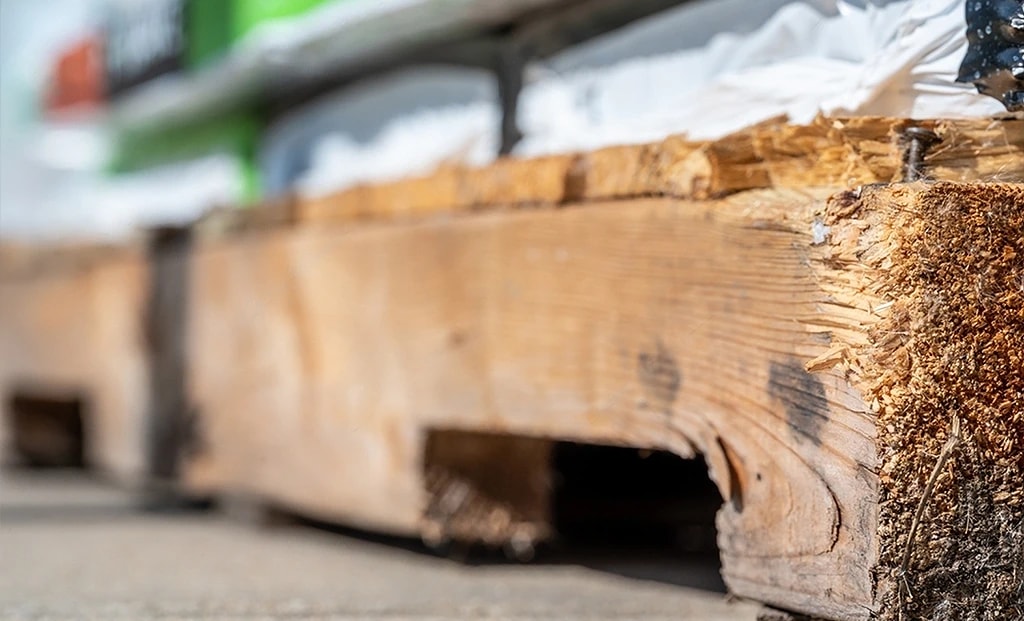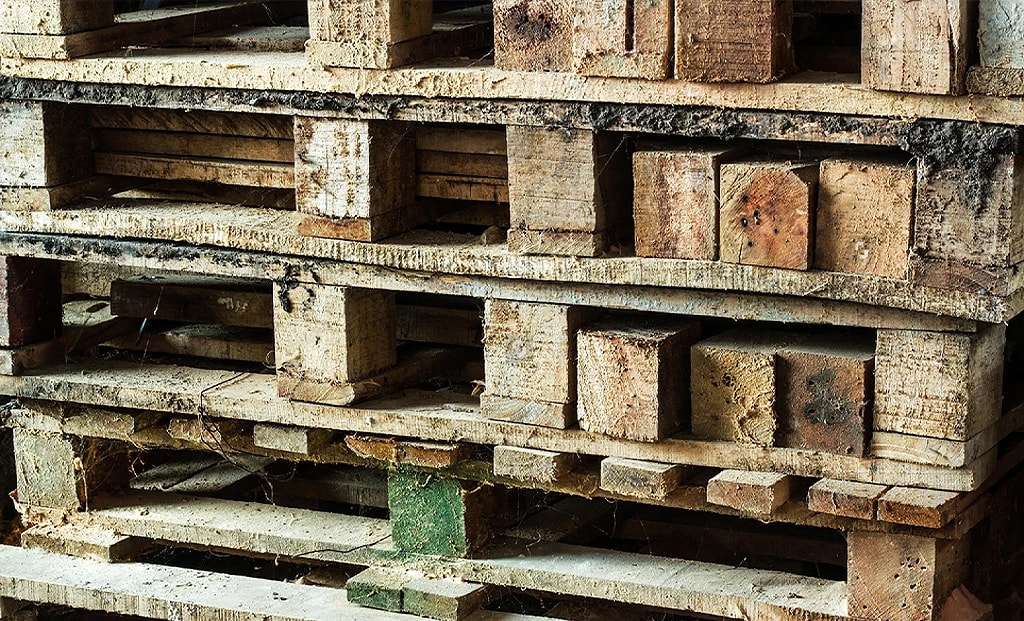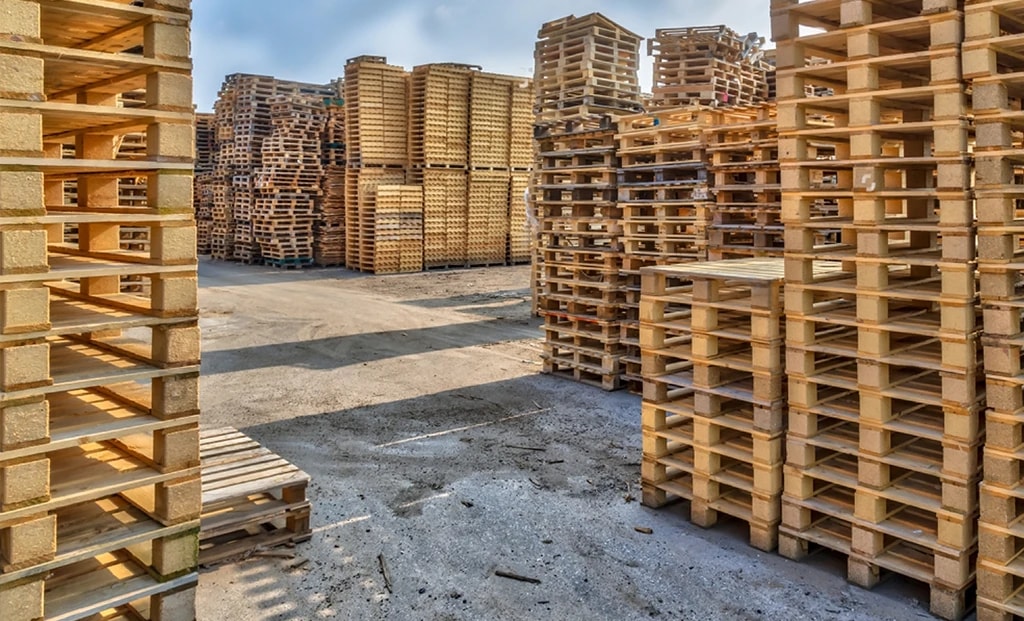Are you resigned to accepting product damage as an unavoidable expense in your supply chain operations? It shouldn’t be the case! Damaged products not only impact your financial bottom line but also result in shortages, missed sales opportunities, dissatisfied customers, and costly reverse logistics to deal with defective goods. Moreover, frequent incidents of damage can harm your company’s reputation.
Identifying Damage Hotspots in the Supply Chain
To gain a clearer understanding, the causes of product damage in the supply chain are manifold. They range from issues at the manufacturing plant to problems during transportation, storage, order fulfillment, and retail. Each stage presents potential risks—whether it involves handling cases of corn weighing 500 grams or the latest electronic devices. However, supply chain experts can significantly mitigate these risks by pinpointing when, where, and how damage occurs and taking proactive measures, such as adopting unit load design methodology.
The Pallet Predicament: A Common Source of Trouble
A significant but often overlooked contributor to product damage relates to pallet specifications and conditions. Pallets that lack sufficient rigidity can cause excessive vibrations or stress on packaging and products. Damaged pallets, with exposed nails or broken boards, can puncture or scratch products. Overhang—when products extend beyond the edge of the pallet—can lead to compression damage or increase vulnerability to impacts. Gaps between deck boards can also cause packaging to warp or collapse, especially when loads are stacked.
Embracing Unit Load Design Methodology
To address these challenges, supply chain professionals are adopting a unit load design approach. This method involves designing the entire unit load, considering interactions between packaging, pallets, stabilizers like pallet wrap, and handling equipment. It’s not just about ensuring products fit on pallets but also about understanding the stresses loads will encounter during handling, storage, and transit, and tailoring packaging and pallet design accordingly to withstand these challenges.
Proactive Measures to Minimize Damage
Damage rates can be reduced. Based on the above discussion, here are practical steps to minimize product damage:
Conduct a Comprehensive Damage Assessment
Utilize Root Cause Analysis (RCA) to track when, where, and how damage occurs in the supply chain, identifying problem areas that require attention. This involves scrutinizing every stage, from receiving raw materials to delivering final products to customers. By identifying patterns and common points of damage, interventions can be targeted more effectively, potentially involving collaboration among multiple supply chain stakeholders.
Prioritize Employee Training and Supervision
If damage is attributed to employee errors, whether in loading, unloading, pallet assembly, wrapping, or other activities, retraining and ongoing supervision, including monitoring, are necessary.
Consider Environmental Control
Corrugated strength decreases by 71 percent at 95 percent humidity compared to its strength at 50 percent humidity. Prolonged storage in high-humidity conditions can increase the susceptibility of goods to damage. Controlling warehouse and transit environments can mitigate temperature and humidity-related issues, possibly through climate-controlled storage or the use of desiccants.
Review Pallet Specifications
If it has been some time since your pallet specifications were last reviewed, consider seeking expert advice. Companies like Lumbera can assess your pallet using advanced pallet and unit load design software to ensure its effectiveness.
Stress Pallet Inspection and Management
Implementing stricter inbound pallet inspection protocols can prevent damaged or non-conforming pallets from entering your operations, thus averting potential issues discussed above.
Evaluate Unit Load Design
By looking at packaging and pallet design holistically, it’s possible to reduce overall packaging costs and product damage simultaneously. This approach recognizes that each designer must work within the constraints imposed by the other. For instance, if a less sturdy pallet is specified, heavier corrugated board may be required for packaging to protect the product.
In conclusion, product damage within the supply chain is not inevitable. Supply chain professionals can minimize damaged goods by fostering a culture of collaborative investigation, embracing holistic unit load design principles, maintaining stringent management practices, and prioritizing comprehensive training. These proactive measures promise to enhance customer satisfaction while improving financial performance. If you’re experiencing product damage issues, consider consulting with Lumbera. We’re here to assist you.



